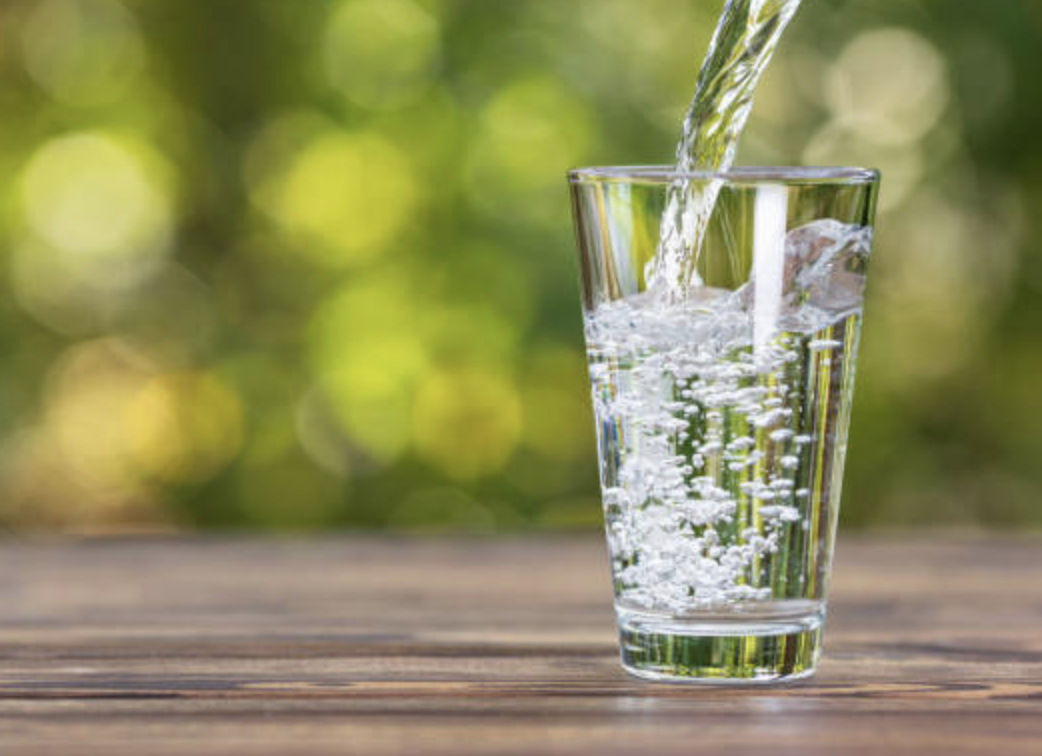GUELPH – Wellington-Dufferin-Guelph Public Health (WDGPH) plans to launch a new way to submit drinking water samples and receive results for residents using private wells.
The aim of the new web-based system is to get residents to test their well water regularly, to streamline the public health inspection process, and to collect data on land use and soil conditions of wells with adverse test results.
That data will inform a collaborative research project between public health and the University of Guelph to identify local risk factors for bacterial contamination of well water.
WDGPH plans on rolling out Web-based, Interactive, System for Evidence-based decision making – or WISE – in the spring of 2021, but that may change depending on the status of the distribution of a COVID-19 vaccine.
Shawn Zentner, manager of health protection, told the board of health on Dec. 2 that the health unit has been working with Public Health Ontario to develop a paperless/touchless sample submission process.
Water samples will still have to be collected and physically dropped off for testing, but WISE allows registered users to fill in their information online.
Test results will be emailed to a resident and the program will alert a public health inspector to follow up if necessary. The system also reminds residents when it’s time for another test.
Kiosks will also be installed at sample drop off locations for those who don’t have computers or internet access.
Zentner’s report states there is an increased risk to those who take their drinking water from private wells, yet testing rates for private wells are low.
“Findings from a survey of local private wells owners revealed that well owners report the intent to test their wells, but forget to do so, and are interested in receiving email reminders to test,” states the report.
“I think it will increase use by the public,” Zentner said.
“This is one of my more favourite projects and it’s really important,” said Dr. Nicola Mercer, medical officer of health.
“So many homeowners in our region are on wells. This will be a significant improvement.”




